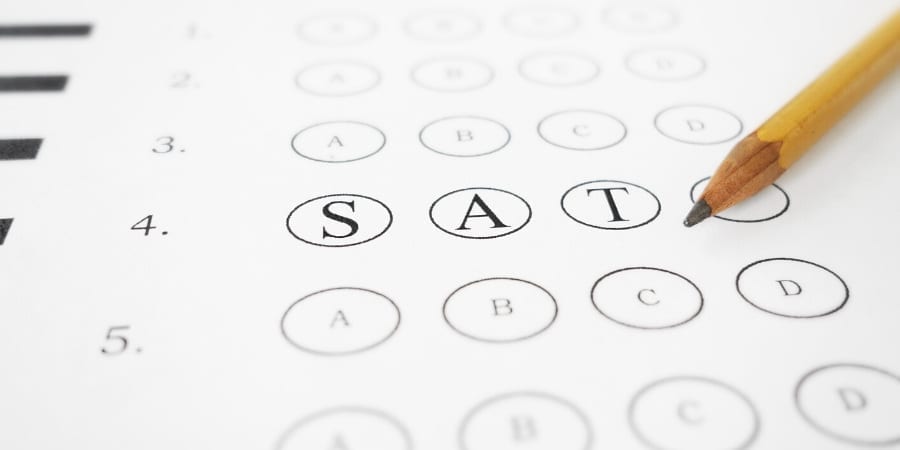

The tax credit is a dollar-for-dollar reduction to the employer's portion of social security tax. Įmployers receive refundable tax credits to offset the cost of providing employees with Emergency Paid Sick Leave, subject to certain caps. Employers are not required to pay unused Emergency Paid Sick Leave if the employee's employment ends. Unused Emergency Paid Sick Leave does not rollover to the following year. Įmergency Paid Sick Leave expires on December 31, 2020. Įmergency Paid Sick Leave is not subject to the employer's share of social security tax, but it is taxable for the employer's share of Medicare tax. After taking Emergency Paid Sick Leave, the employer may require the employee to continue to notify the employer in order to continue receiving Emergency Paid Sick Leave. The employee must give the employer as much notice as is practical. A part-time employee may take up to the amount of hours they work in an average two-week period. Ī full-time employee may take up to 80 hours of Emergency Paid Sick Leave. Emergency Paid Sick Leave cannot reduce existing employee benefits or rights. Įmergency Paid Sick Leave must be in addition to any benefits that employees already accrue. Under these circumstances, the employee must be paid at least two-thirds their regular rate of pay, up to a maximum of $200 per day. The child must be under 18 years of age or incapable of self-care because of a mental or physical disability. The child must be the employee's biological child, adopted child, foster child, stepchild, or legal ward, or a child of the employee standing in place of a parent. Įmployees may also use Emergency Paid Sick Leave if the employee is caring for an individual under quarantine or medical self-quarantine, or if the employee is caring for a child whose school or place of care has been closed or is unavailable due to COVID-19 precautions. An employer cannot require an employee to take other paid vacation, paid sick leave, or paid personal leave before taking Emergency Paid Sick Leave. An employer cannot require an employee to find a replacement worker to cover their shift. Under these circumstances, the employee must be paid at their regular rate of pay, up to a maximum of $511 per day or $5,110 total. Īn employee may use Emergency Paid Sick Leave if the employee is quarantined, a doctor advises the employee to self-quarantine, or the employee has COVID–19 symptoms and is waiting for a diagnosis. An employer is not required to give Emergency Paid Sick Leave to an employee who is a healthcare provider or an emergency responder. All employees of the employer are counted toward the 500, not only the ones at any particular employee's work site. Certain public employers are covered as well. Emergency leave Paid sick leave Īn employer with fewer than 500 employees must allow an eligible employee to take Emergency Paid Sick Leave.
TAKE THE ACT DOWNLOAD
The notice is free to download and print on the U.S. Įmployers that are required to provide Emergency Paid Sick Leave and Emergency Paid Medical Leave must put a notice of employees' rights in a conspicuous location at work sites or its web sites, or send the poster to all employees by mail or email by April 1, 2020. The Act is effective on or by April 2, 2020. In a statement, the White House said the law "provides paid leave, establishes free coronavirus testing, supports strong unemployment benefits, expands food assistance for vulnerable children and families, protects front-line health workers, and provides additional funding to states for the ongoing economic consequences of the pandemic, among other provisions."


 0 kommentar(er)
0 kommentar(er)
